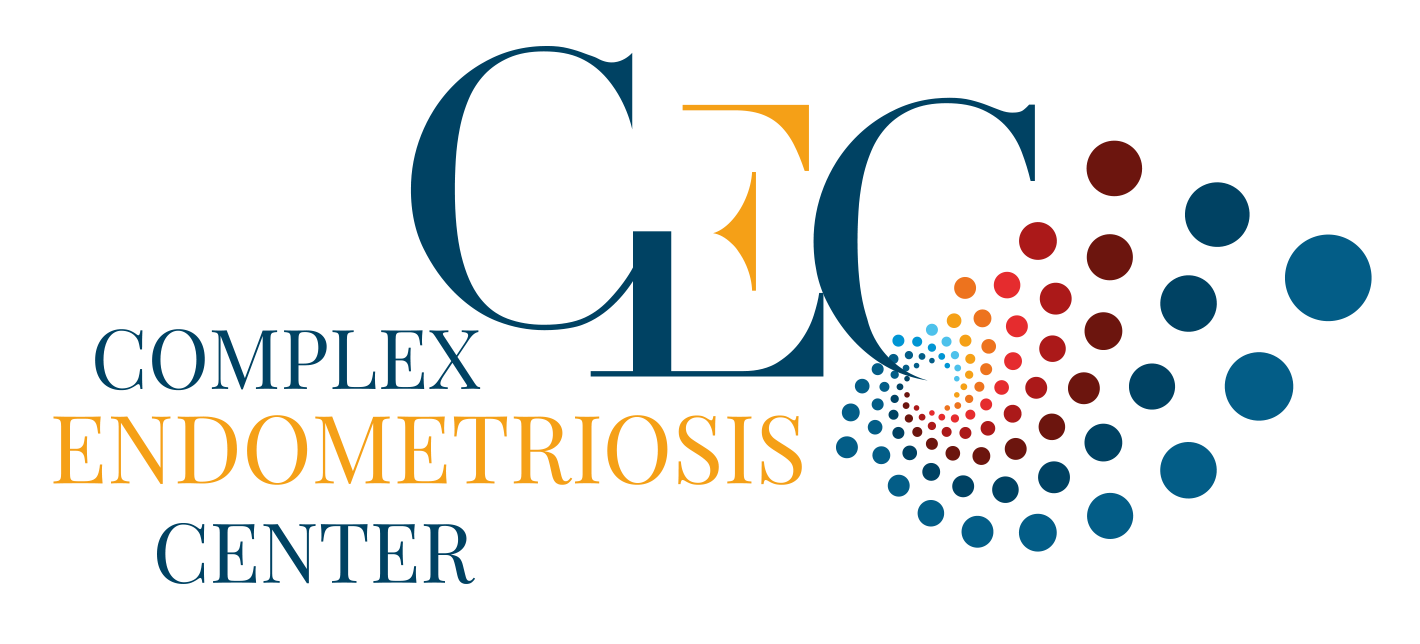Surgical removal of the uterus is a medical option in certain cases of complex endometriosis.
For many patients,hysterectomy is synonymous with apprehension. Yet this surgical procedure can bring lasting relief and a marked improvement in quality of life.
In the case of a hysterectomy indication, the Complex Endometriosis Center carries out a multidisciplinary assessment and reflection that takes into account both the medical issues and the patient's experience.
What is a hysterectomy?
Hysterectomy is a surgical procedure to remove all or part of the uterus. Depending on the case,hysterectomy may be total (uterus and cervix) or subtotal (uterus alone).
The different hysterectomy techniques
- By laparoscopy, a minimally invasive technique that enables rapid recovery.
- Vaginally when anatomy permits.
- More rarely abdominal.
The main medical indications
- Large or hemorrhagic uterine fibroids.
- Certain cancer pathologies.
- Abnormal bleeding resistant to treatment.
- Severe forms of deep endometriosis or adenomyosis.
In the case of endometriosis, hysterectomy is only considered when conservative treatments no longer offer any benefit.
Hysterectomy and endometriosis
Endometriosis is a chronic disease characterized by the presence of endometrial tissue outside the uterus. When these lesions infiltrate the uterine wall, ligaments or neighboring organs, pain can become intense and disabling.
Surgery as a last resort
Hysterectomy is never the first-line treatment for endometriosis. The aim is to remove the active foci of the disease. Partial surgery would be ineffective if it left areas of endometriosis intact.
The Complex Endometriosis Center considers this surgical treatment when:
- Pelvic pain persists despite various other treatment options, particularly hormonal.
- The patient no longer has any pregnancy plans.
- The lesions are associated with significant adenomyosis.
Multidisciplinary assessment
Before any decision is taken, gynecologists, surgeons, radiologists, anesthetists and even psychologists must consult each other.
The team assesses the topography of endometriotic lesions using pelvic MRI, the impact on the patient's quality of life and possible alternatives.
Hysterectomy in cases of adenomyosis
Adenomyosis is the infiltration of endometrial tissue into the muscular wall of the uterus. It manifests as heavy periods, deep pelvic pain and sometimes chronic fatigue.
In the case of diffuse adenomyosis, hysterectomy may be the only effective option for suppressing symptoms.
However, a distinction must be made between removal of the uterus and removal of the ovaries. When the ovaries are healthy, preserving them avoids a surgical menopause and preserves hormonal balance.
Each situation must be analyzed individually, taking into account the type of pathology, age, desire for fertility and severity of the disease.
What are the alternatives to hysterectomy?
Before considering surgery, the Complex Endometriosis Center can suggest several options.
Medical treatments
- Hormone therapy to block hormonal activity.
- Intrauterine devices effective against pain and bleeding.
- Anti-inflammatory treatments to control pain.
The aim of these treatments is to stabilize lesions and improve quality of life without the need for major surgery.
Conservative surgery
In certain cases, our team of specialized surgeons can perform targeted excision of endometriotic lesions, notably using the CO2 laser technique.
The ComplexEndometriosis Center is an expert in this minimally invasive approach, removing only the affected areas while preserving the uterus and fertility where possible.
What is the post-operative course after a hysterectomy?
Removal of the uterus is a major surgical operation that requires comprehensive support for the patient.
Convalescence and medical care
Recovery varies according to the technique used. After a laparoscopic hysterectomy, resumption of activities is quicker than after an abdominal approach.
To avoid the risk of complications, post-operative follow-up should include monitoring of healing, hormonal assessment, pelvic rehabilitation and psychological support.
The emotional dimension
Hysterectomy can be experienced as a symbolic loss. The Complex Endometriosis Center accompanies the patient through this physical and emotional transition in order to value her journey and emphasize that femininity is not limited to uterine function.
Hysterectomy has a special place in the management of severe forms of endometriosis and adenomyosis. The Complex Endometriosis Center offers solutions adapted to each situation through surgical expertise, cutting-edge technologies and a human approach.
